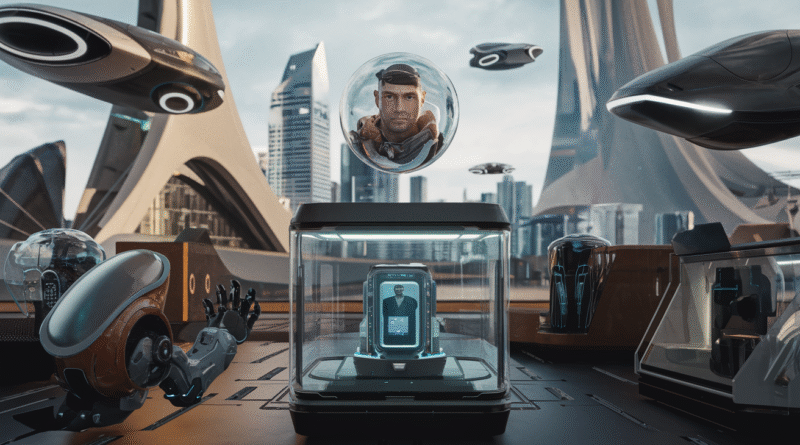2024’s Sci-Fi Tech Come True: Mind-Blowing Innovations That Left the Fiction Behind
When Sci-Fi Becomes Reality
Sci-fi tech has always fascinated us with its futuristic gadgets and world-changing concepts. Sci-fi tech has always fascinated us with its futuristic gadgets and world-changing concepts. In 2024, we’re living in a world where many of these innovations have crossed over into reality. Authors filled pages with robots smarter than humans, voyages to distant galaxies, and gadgets that could whip up a meal with the touch of a button. These were wild fantasies—until they weren’t.
Today, it seems the universe took a good look at those sci-fi classics and decided, “Challenge accepted!” From AI-powered chatbots to companies planning vacations to Mars, we’re living in an age where yesterday’s science fiction is today’s reality—and tomorrow’s minor inconvenience. Let’s take a tour through some of the most iconic sci-fi-inspired technologies that have entered our everyday lives.
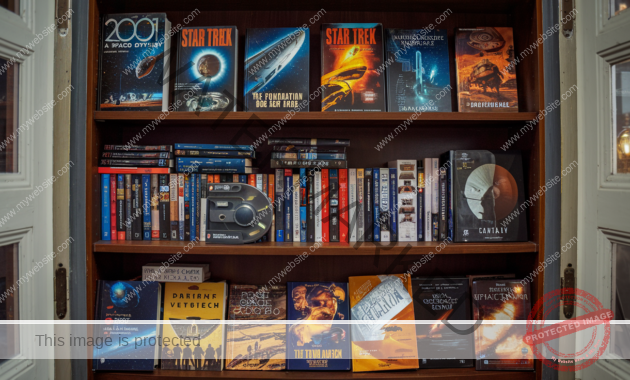
1. Artificial Intelligence: From HAL 9000 to ChatGPT
Artificial intelligence has been a staple of science fiction for decades, with early depictions like HAL 9000 from 2001: A Space Odyssey giving us a glimpse of a world where machines could think for themselves—and maybe even harbor a touch of sass.
Fast forward to today, and while our AI assistants might not have HAL’s ominous charm (thankfully), they’re making a massive impact on daily life. From chatbots that help us solve problems (without trying to lock us out of our own spaceships) to AI in medicine that can predict patient needs, AI has evolved from a concept confined to books and movies into a practical tool in nearly every field.
We now rely on AI for everything from grocery recommendations to diagnosing diseases. The once far-off dream of AI is now a routine part of our world, quietly making things more efficient and, dare I say, a little bit spooky.
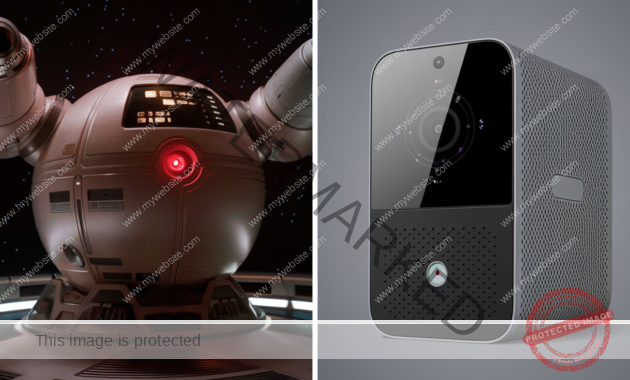
2. Private Space Travel: From Star Trek to SpaceX
Once upon a time, space travel was exclusively the realm of astronauts and governments, with the rest of us watching from our couches, popcorn in hand. Shows like Star Trek fueled our imaginations with starships exploring new worlds and boldly going where no one had gone before.
But thanks to private companies like SpaceX, space travel is no longer just for the elite few. Today, billionaires are racing to the stars, and commercial space travel is almost within reach of non-astronauts. SpaceX, Blue Origin, and others are bringing us closer to a world where an « out-of-this-world » vacation could soon be literal.
While we might not have warp drives and transporters just yet, we’re well on our way to making interstellar travel a reality—no Klingon required.

3. Virtual and Augmented Reality: Diving into the World of Ready Player One
Virtual and augmented reality used to be the stuff of sci-fi dreams, where characters could immerse themselves in entirely different worlds at the flick of a switch. Today, VR and AR are more accessible than ever, enabling us to explore new dimensions without leaving our living rooms.
Whether it’s for gaming, education, or training, these technologies are rapidly evolving and becoming part of everyday life. Ready Player One painted a picture of a world where everyone could escape into a digital universe—a place where the possibilities were endless and reality was just a stepping stone.
While we may not be plugging into a fully immersive OASIS yet, today’s VR headsets and AR apps are pretty amazing. We’re using them to train surgeons, explore ancient ruins, and even make shopping more interactive. It turns out, the future is here, and it’s wrapped in pixels and holograms.
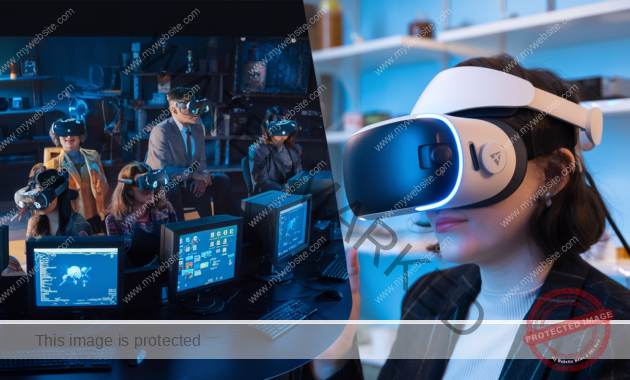
4. Nanotechnology: From Imagination to Personalized Medicine
In the realm of science fiction, nanotechnology has been portrayed as a miraculous cure-all, capable of healing wounds instantly or constructing tiny machines that repair our bodies from the inside out. While we’re not quite there yet, the advancements in nanotechnology are impressive.
Today, these microscopic wonders are being used in medicine to target diseases at a cellular level, offering treatments that were once the stuff of fantasy. Imagine a world where tiny robots—no bigger than a cell—could be injected into your bloodstream to fight infections or destroy cancer cells.
We might not be deploying armies of nanobots just yet, but real-life nanotechnology is already revolutionizing medicine in ways that were once unimaginable.

5. 3D Printing: From Star Trek to Organ Printing
In the iconic world of Star Trek, the crew had access to replicators that could instantly create anything from food to tools. While we may not yet be printing up dinner at the touch of a button, the progress in 3D printing is pretty close to magic.
Today, 3D printers are used for everything from creating prototypes to manufacturing parts and even printing organs. Yes, you read that right—scientists are now working on bioprinting human organs. Imagine a future where instead of waiting for a donor, you could have a new kidney or liver printed on demand.
We may still be some years away from this reality, but 3D printing has already made its mark on industries like healthcare, construction, and even culinary arts. What was once sci-fi fantasy is fast becoming a tool that’s reshaping our world, layer by layer.
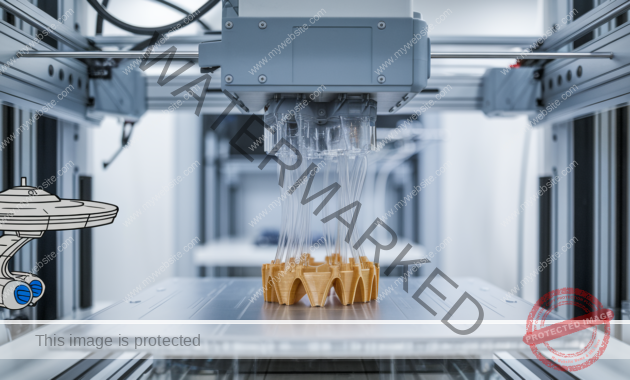
6. Artificial Organs: From Sci-Fi to the Operating Room
The concept of artificial organs has fascinated us for decades, appearing in countless sci-fi stories where synthetic hearts and mechanical lungs save lives. Today, this technology has moved from fiction to reality, transforming medical science.
Artificial organs, such as heart pumps and synthetic lungs, are now available to patients with life-threatening conditions. Devices like the SynCardia temporary Total Artificial Heart are already being used to give patients precious time to find a suitable donor. Moreover, 3D printing has revolutionized this field, as scientists are now working on bio-printed tissues, paving the way for fully functional organs grown in labs.

7. Quantum Computing: The New Frontier Beyond Sci-Fi
Quantum computing, once a baffling concept reserved for sci-fi novels, is edging closer to our everyday reality. Unlike traditional computers that process bits as ones or zeros, quantum computers use qubits, which can exist in multiple states at once due to quantum superposition. This allows quantum computers to solve complex problems exponentially faster than classical computers.
Google’s quantum computer, Sycamore, achieved « quantum supremacy » in 2019 by performing a calculation in 200 seconds that would have taken the world’s most powerful supercomputer 10,000 years. With companies like IBM, Google, and startups like Rigetti pushing the boundaries, the future of quantum computing seems limitless.
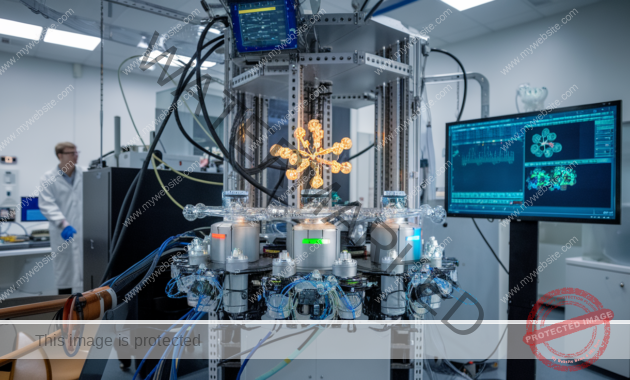
8. Smart Cities: Building the Future One Byte at a Time
Smart cities, once an ambitious idea straight out of a sci-fi movie, are now on the horizon as urban planners and technologists combine forces. These cities leverage data, sensors, and IoT (Internet of Things) technologies to optimize everything from traffic management to waste collection and energy consumption.
Singapore is a global leader in smart city innovation, using AI-powered traffic systems to reduce congestion, smart streetlights that adjust brightness based on foot traffic, and sensors that monitor air quality in real-time. Similarly, Barcelona employs smart grids to efficiently manage electricity distribution, reducing waste and conserving energy. In such cities, every aspect is interconnected, allowing for real-time adjustments that improve residents’ quality of life.
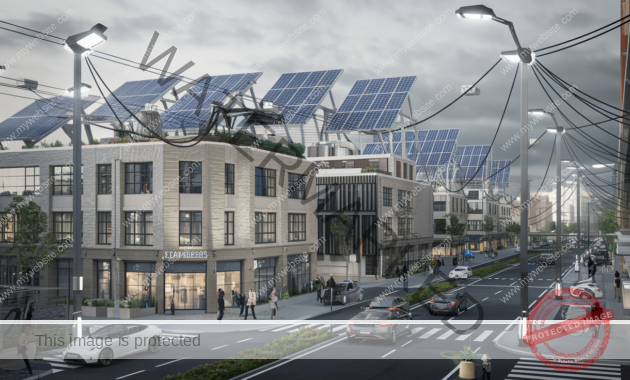
The Future Is Now (And It’s Sci-Fi Approved)
As we’ve journeyed through the world of science fiction turned reality, it’s clear that what was once considered wildly imaginative has a funny way of becoming our new normal. From AI to 3D-printed organs, the innovations we once saw only in sci-fi are now part of our everyday lives. And if history is any guide, today’s fiction will likely inspire tomorrow’s breakthroughs.
So next time you watch a sci-fi movie, remember: the gadgets and tech may seem outlandish now, but don’t be surprised if, in a few decades, they’re as common as smartphones. The future has a way of sneaking up on us, after all. Who knows? Teleportation might just be a download away.
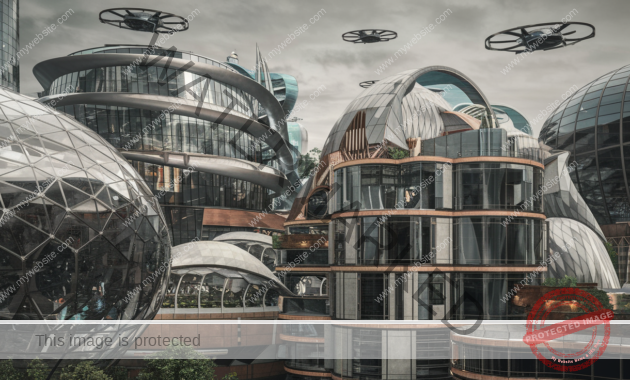
For more on AI applications, check out our guide on how AI is revolutionizing supply chain management

